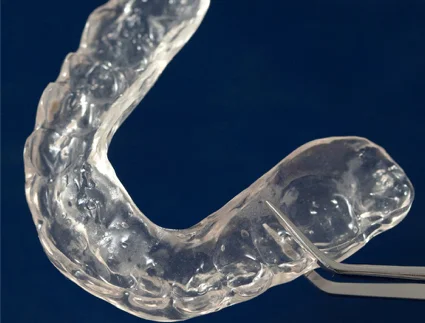- Home
- The clinic
- Who we are
- Specialties >
Our Specialties
Consult the areas we work in and the treatments available in our clinic.
Consult the areas we work in and the treatments available in our clinic.

One of the most complex factors when analyzing the temporomandibular joint is the presence of the articular disc, which is often temporarily or permanently partially or totally dislocated. In the latter case, this can degenerate and cause severe pain or dysfunction. The causes of such displacements and their consequences are not yet fully understood.
The cause of temporomandibular disorders is not solved, there are different currents that try to explain the aspects of the clinical picture. They are summarized in the mechanical, psychophysiological, myogenic and multifactorial theories (the most popular at present).
In the normal function of the masticatory apparatus, some events (local and systemic factors) may occur that will directly influence it, but it will be the physiological tolerance of each individual that will determine the appearance or not of symptomatology.
The most common treatments for this type of disorders range from slight occlusal adjustments, the use of splints to stabilize the joint, physiotherapy, pharmacological treatment, either through the dentist or neurologist, psychological therapy for stressful and anxiety disorders and surgery in the most severe cases such as arthrocentesis.

Social Chat is free, download and try it now here!